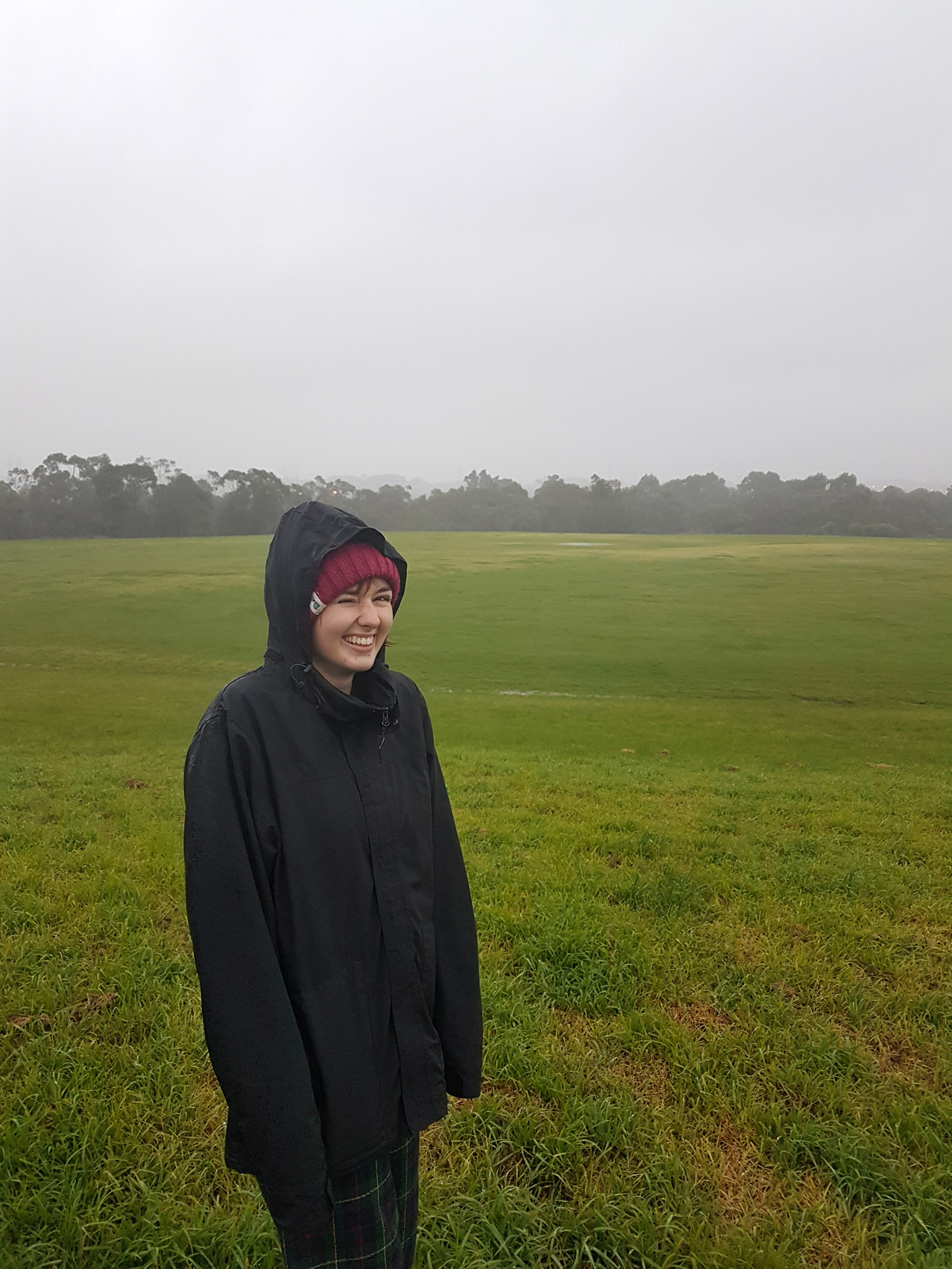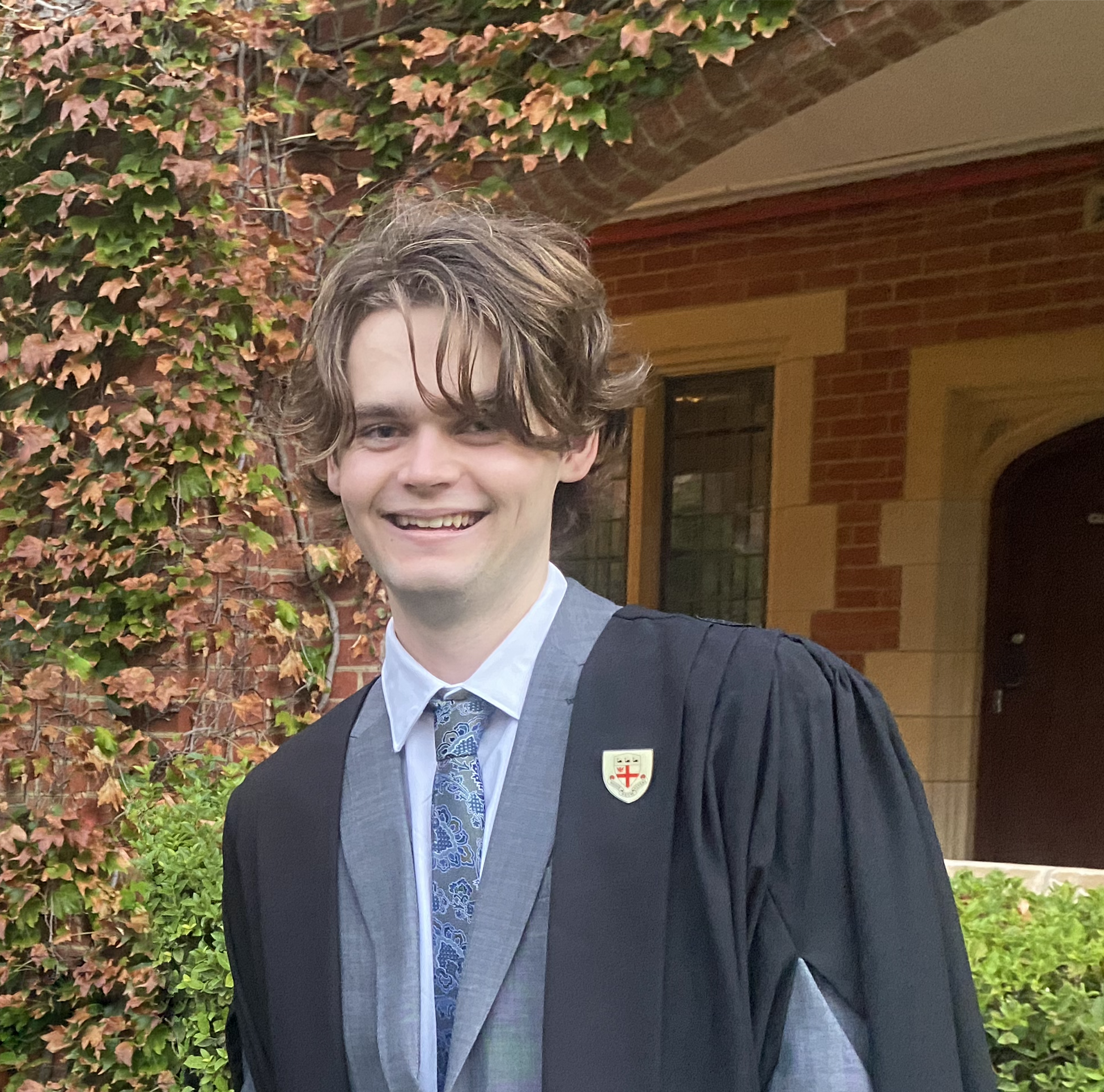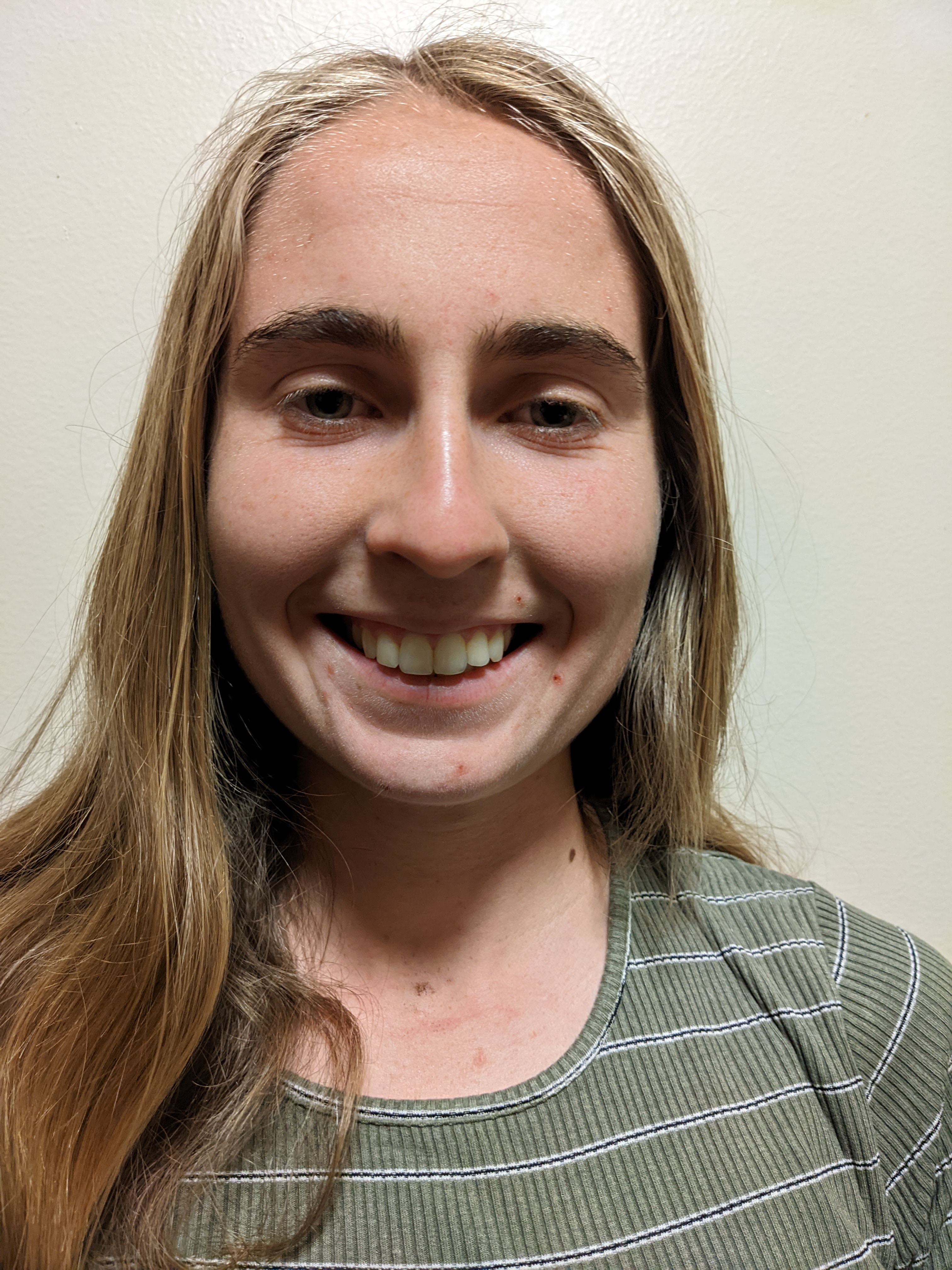Rebecca Rasmussen
What Kind of Random Walk are these Biological Cells Doing?
Biological cell motility is a key aspect of embryonic growth, homeostasis and disease processes. It is possible to observe isolated cells migrating, apparently in some random way, on planar substrates , At a cellular level, collection of movement data is not a simple task and so data sets are often very limited. Depending on the question being asked about the system, these limitations may result in conclusions far from the reality.
Simple random walk (SRW) models are often used to investigate the underlying mechanisms of this motion So, given a limited set of cell migration data, it is important to understand how well simple models of this random motion describe what is seen. Furthermore, if the model is “correct”, how accurately can the underlying parameters be deduced from limited data? Can limited data distinguish clearly between several competing plausible models? To be confident that the conclusions drawn from data driven SRW’s are accurate, these questions must be answered.
Problems with interpretation of data can also arise in contexts where the random cell motion can be conjectured to contain an element of directional persistence , , for example, “run and tumble” motion. Experimental limitations can mean that apparent direction changes from successive observations at equally spaced time are not true direction change events. Can persistence measures of the underlying motion be meaningfully extracted from such potentially mis-interpretable data?
Research:
I will generate data from a known SRW mechanism with the same limitations as some of the data sets that inspired this research. I will use these data to work back and investigate how accurately the mechanism and parameters of the underlying processes can be deduced.

Rebecca Rasmussen
The University of Melbourne
Rebecca Rasmussen is a graduate of the Bachelor of Science (physics major) and Diploma in Mathematical Sciences from the University of Melbourne. She is very interested in the intersection of ecology and mathematics, specifically the modelling of biological systems. Inspired by her studies in physics, mathematics, and biology, Rebecca has investigated systems of ground-feeding parrots using agent-based models. She is intrigued by the application of mathematics to the behaviour of organisms from a microscopic scale to the population level. Most recently Rebecca been investigating random walks in the context of cellular systems.




